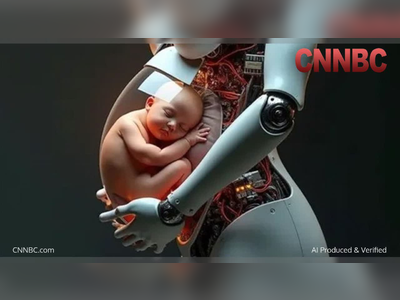AI in Policing: Draft One Helps Speed Up Reports but Raises Legal and Ethical Concerns
Police departments in the United States are adopting AI software to draft reports, cutting time but raising accuracy, bias, and transparency concerns.
Police departments across the United States are increasingly using Draft One, an AI-powered tool from the law enforcement technology company Axon, to generate initial drafts of incident reports based on body camera audio.
Officers using Draft One report substantial time savings — drafting a report that might once have taken up to forty-five minutes can now take around ten minutes.
The software transcribes body-camera footage and rapidly produces a draft report, which officers must review, edit, and approve before final submission.
By early 2025, cities including San Francisco, Lafayette, and Tampa began testing the system.
San Francisco’s pilot, involving fifty-four officers, excludes sensitive cases such as domestic violence and driving under the influence.
Proponents say the tool helps alleviate paperwork burdens and frees up officers for patrol duties, with one department estimating time spent on reports has been reduced by up to eighty-two percent.
Axon describes Draft One as its fastest-growing product since launch.
Critics, including civil liberties advocates and legal experts, warn of potential issues.
AI-generated drafts may introduce inaccuracies, biases, or fabricated details.
Transparency has also emerged as a concern, as the original AI drafts are not preserved for review.
At least one state prosecutor’s office has refused to accept AI-assisted reports, citing concerns over reliability.
In response, Axon has implemented measures such as editable placeholders, optional disclaimers indicating AI use, and restrictions on when AI-generated text can be applied.
Utah has passed a law requiring police departments to disclose when reports are drafted with AI assistance.
The broader rollout of Draft One comes amid wider debate on the use of artificial intelligence in law enforcement, following past controversies with technologies such as facial recognition.
Officers using Draft One report substantial time savings — drafting a report that might once have taken up to forty-five minutes can now take around ten minutes.
The software transcribes body-camera footage and rapidly produces a draft report, which officers must review, edit, and approve before final submission.
By early 2025, cities including San Francisco, Lafayette, and Tampa began testing the system.
San Francisco’s pilot, involving fifty-four officers, excludes sensitive cases such as domestic violence and driving under the influence.
Proponents say the tool helps alleviate paperwork burdens and frees up officers for patrol duties, with one department estimating time spent on reports has been reduced by up to eighty-two percent.
Axon describes Draft One as its fastest-growing product since launch.
Critics, including civil liberties advocates and legal experts, warn of potential issues.
AI-generated drafts may introduce inaccuracies, biases, or fabricated details.
Transparency has also emerged as a concern, as the original AI drafts are not preserved for review.
At least one state prosecutor’s office has refused to accept AI-assisted reports, citing concerns over reliability.
In response, Axon has implemented measures such as editable placeholders, optional disclaimers indicating AI use, and restrictions on when AI-generated text can be applied.
Utah has passed a law requiring police departments to disclose when reports are drafted with AI assistance.
The broader rollout of Draft One comes amid wider debate on the use of artificial intelligence in law enforcement, following past controversies with technologies such as facial recognition.











